Artificial Intelligence (AI), a term introduced by the esteemed Stanford Professor John McCarthy in 1955, was originally described as "the science and engineering of making intelligent machines." Initially, AI research centered on programming machines to demonstrate certain behaviors, like playing games. However, the current focus is on crafting machines with the capacity to learn, resembling aspects of human learning processes.
~ Andresen, S. L. (2002). John McCarthy: father of AI. IEEE Intelligent Systems, 17(5), 84-85.
From IBM's Research Blog:
Generative AI refers to deep-learning models that can take raw data -- say, all of Wikipedia... -- and "learn" to generate statistically probably outputs when prompted.
~ https://research.ibm.com/blog/what-is-generative-AI
From UNESCO:
This guide has a Creative Commons Attribution ShareAlike (CC BY-SA) License. It is based on Artificial Intelligence (AI) LibGuide by Jing Lu at Purdue University Libraries, under that same license. This license lets others remix, tweak, and build upon your work for non-commercial purposes, as long as they credit you and license their new creations under the identical terms. If you would like to reuse any part of this LibGuide for noncommercial educational or instructional purposes, please contact (library@ucmerced.edu) and credit the guide's creator, or the original content creator as noted, and include a link to the source.

Copyright @ The Regents of the University of California. All rights reserved.
